Sorry to keep saying the same thing but why not just add 2 steppers or servos to your lathe plus a spindle sensor and use a standard CNC controller? …
A very sensible approach – if you want to get a job done quickly, buy in off-the-shelf, because then someone else will have done the development work and the thing should be well tested and debugged. But often as not Model Engineers want to learn and experiment, and love DIY. I do both, often buying tools to save time, but also making them from scratch for education and interest.
My rotary table project, intended a MEW article, was aimed at learners and experimenters. Although a practical build is described, and could be copied, the experimenter is free to modify the construction. Rather I provide design insights: the source code is available and can be studied and modified; how the software is implemented on an Arduino is described, so anyone interested in doing similar can study the example; ditto the way in which the Arduino is connected to a motor-controller and stepper, and how they and the power-supply were chosen. Sharing the “how and why” of the design was my goal, because others often see improvements, and I learn from them!
In contrast, the World of Ward divider is available as a boxed finished product, or as a collection of modules, or as a kit of parts. The reason I never submitted my divider article to MEW was I felt Gary Limings and Steve covered most practical needs well, other than Steve doesn’t document the design, just the build. We have different goals though: I supply explained source code for the common Arduino platform, which hobbyists can study and change, whereas Steve simply provides hexadecimal firmware for a PIC chip, as part of a well-finished commercial project that looks very straightforward to assemble, job done!
Substituting a CNC controller like grbl for an ELS or divider is another valid approach, but if I needed an ELS my gut feel is clough42 is more my cup of tea than CNC, partly because his ELS kit saves time, and partly because I can study his code. The latter is an acquired taste. Don’t bother looking at the Clough code if Arduino is your thing, because James utilises a Texas Instruments Piccolo microcontroller, a device well-suited to ELS control, but not beginner friendly.
Which option is best for an individual depends on what he wants from the hobby. Horses for courses again!
Dave
 John Hinkley.
John Hinkley.

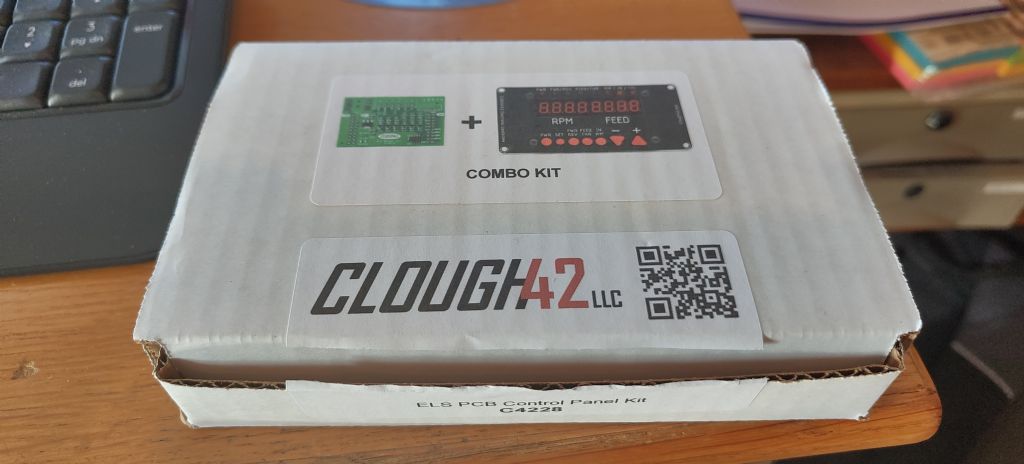
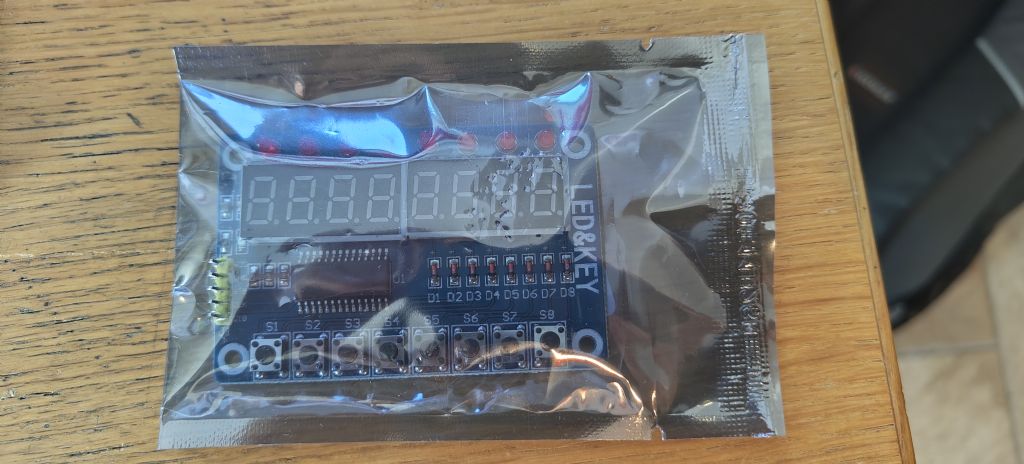
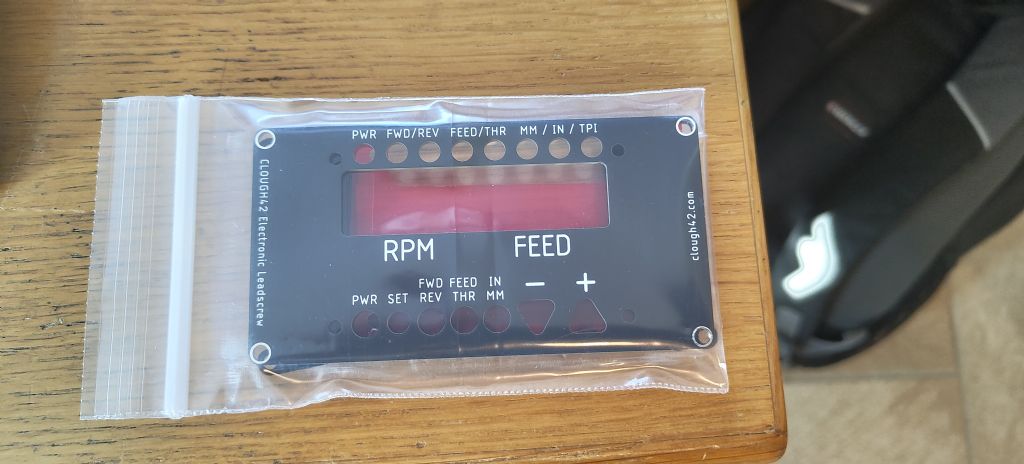
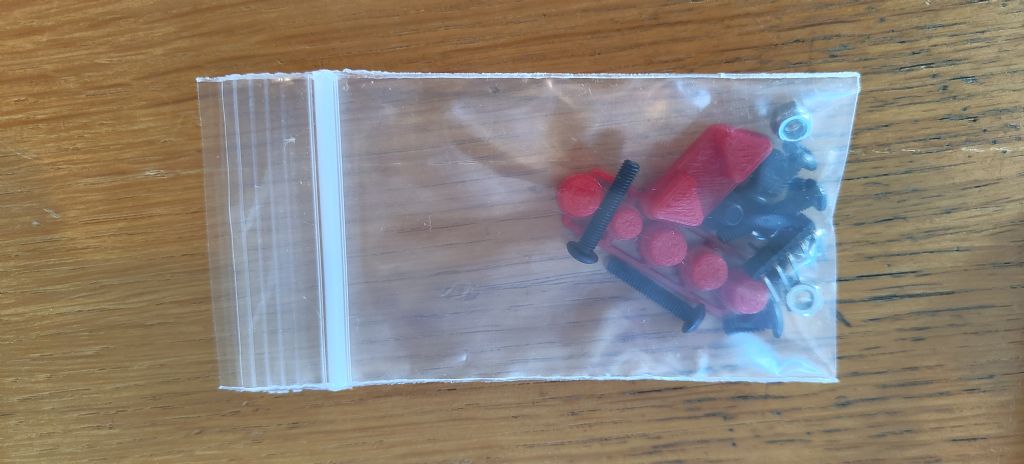
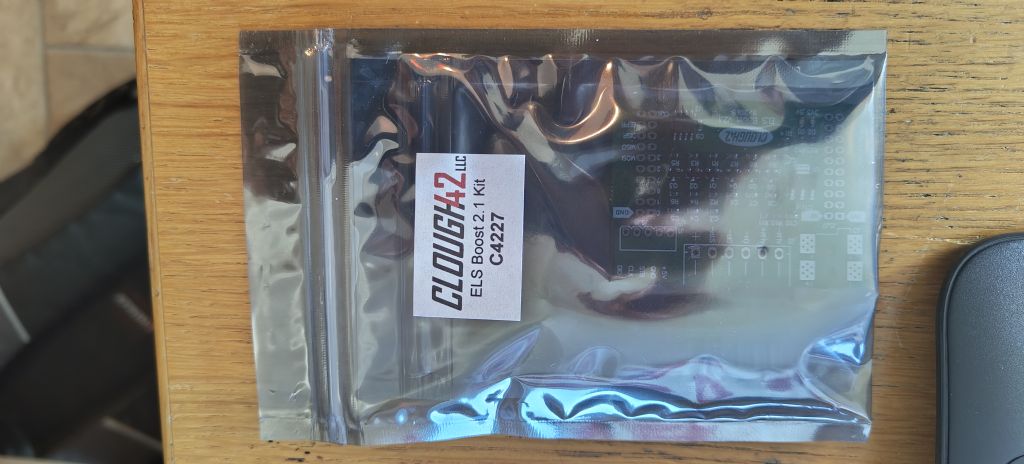
 As supplied
As supplied Modified front
Modified front

